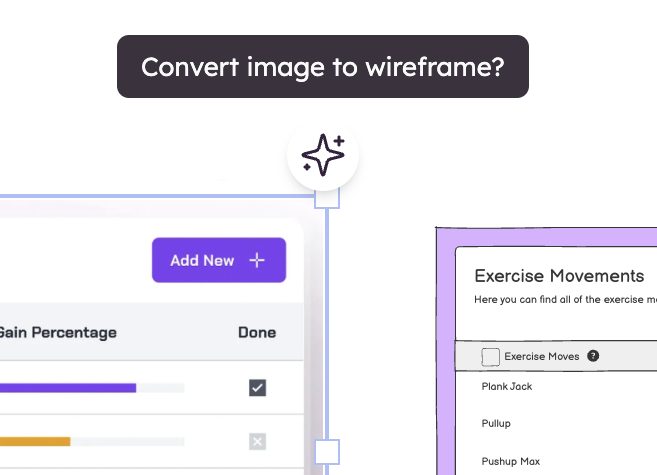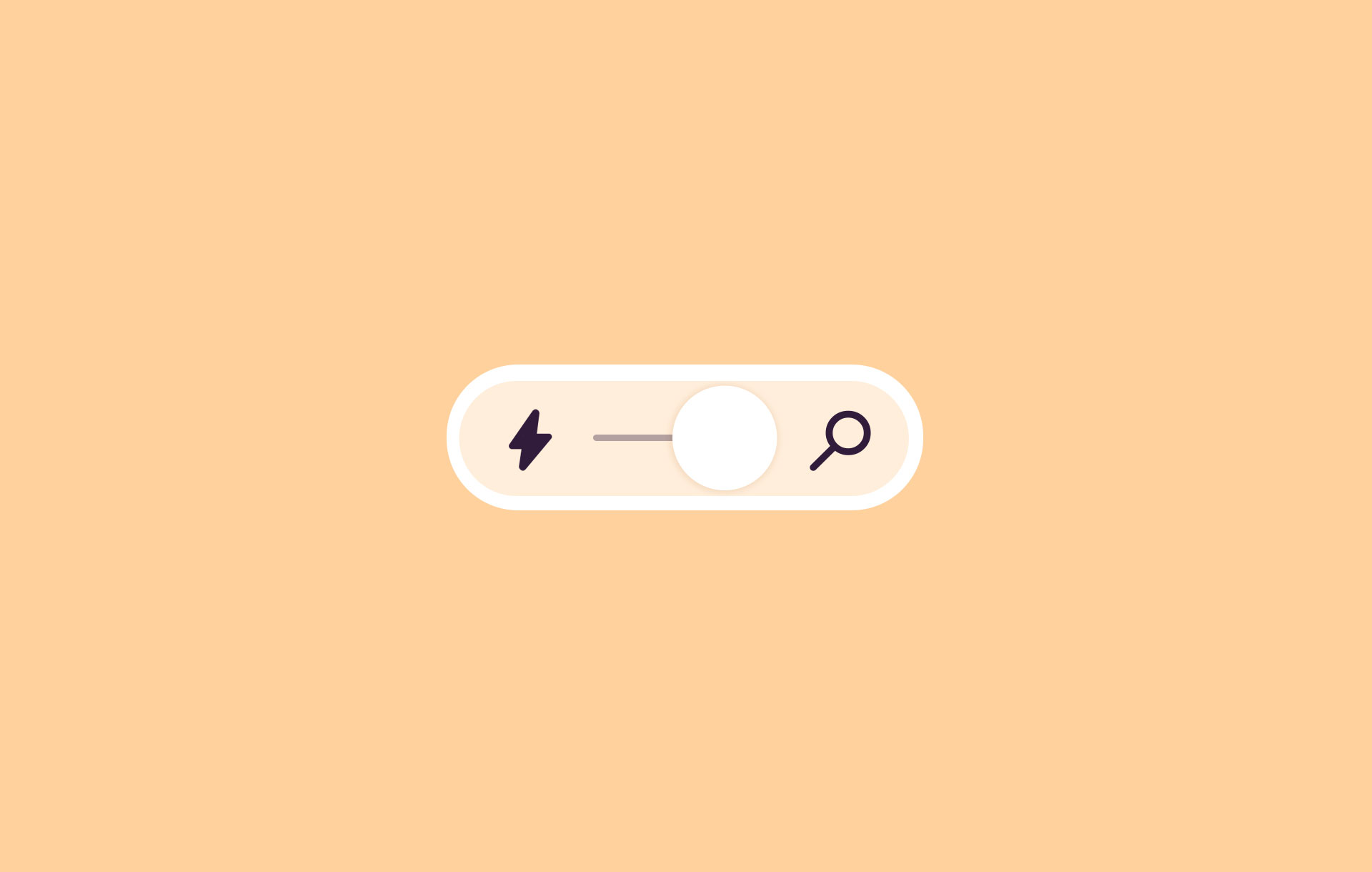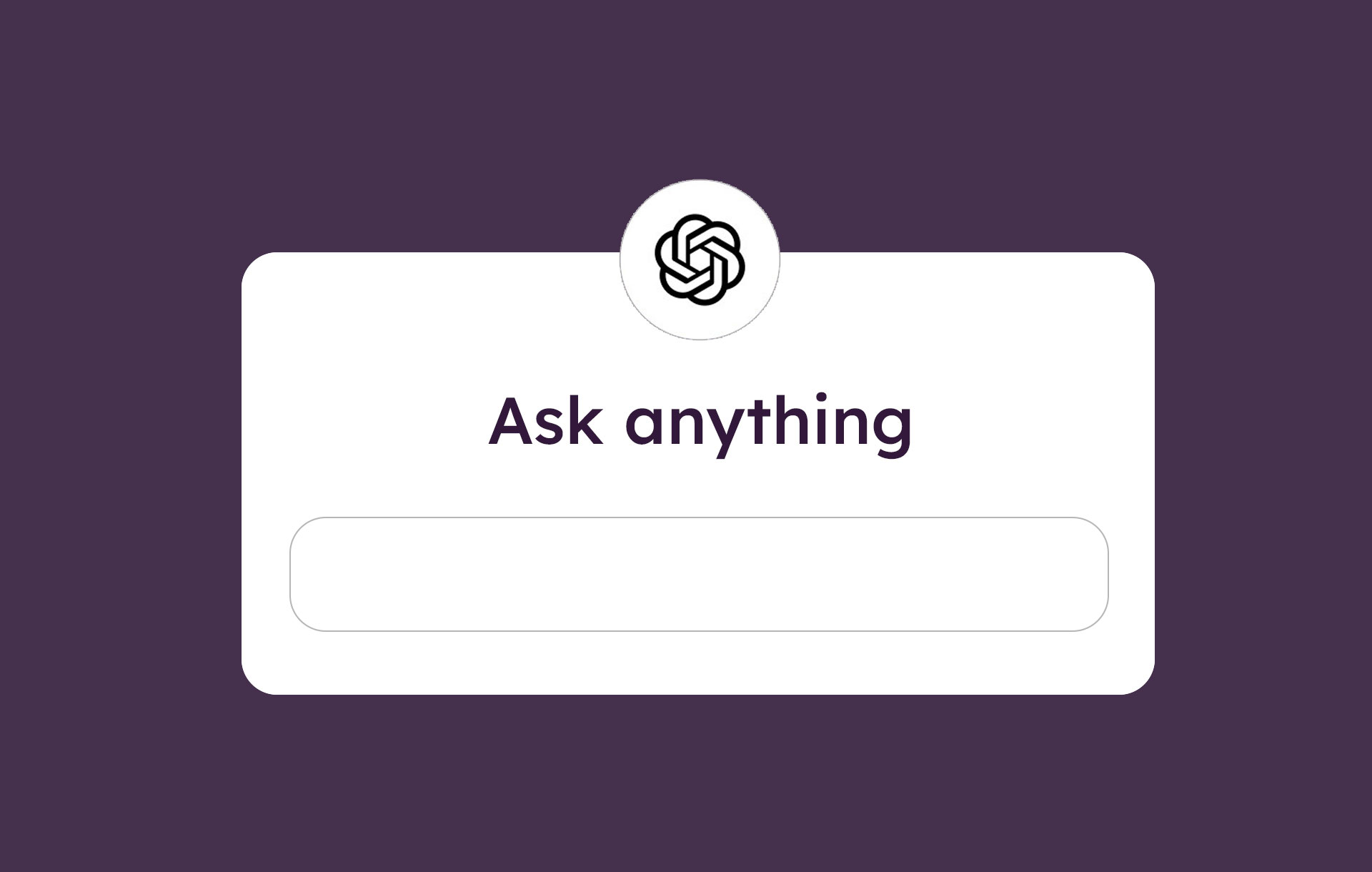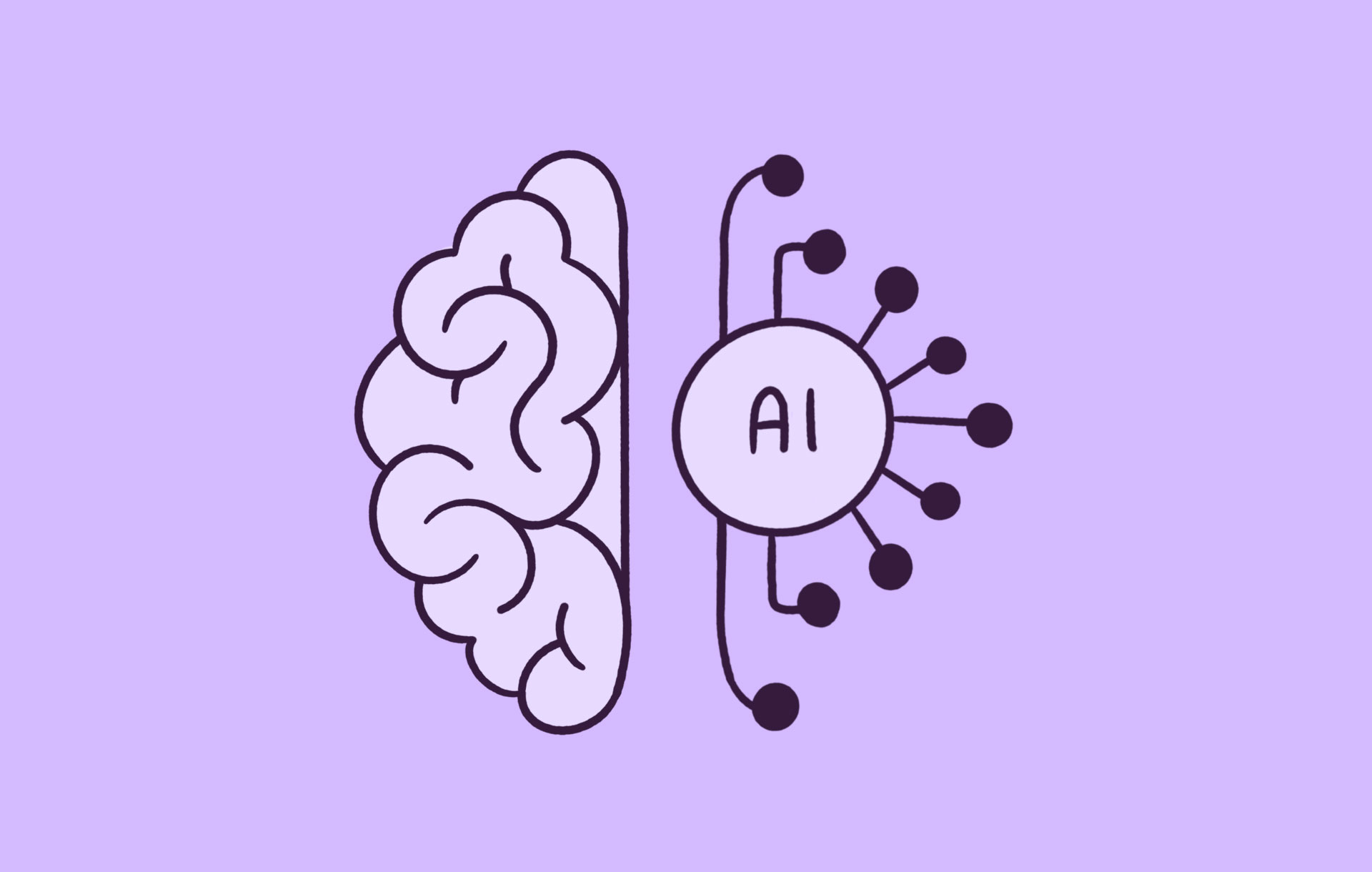Most lean product teams today don’t have a designer for every feature, and many, like us, work remotely across different time zones. So what happens when a developer runs into a design roadblock, and there’s no one available in real time to help?
That’s the exact challenge Michael Angeles, our Lead Product Designer here at Balsamiq (and co‑author of Wireframing for Everyone), set out to solve. Based in California himself while supporting developers in Italy, Mike was often flooded with small design questions like “Should this be a button or a link?” that stalled progress until he could respond. To bridge that gap, Mike built a custom design assistant. We figured others might want to build this for themselves, too.
In this article, we’ll walk you through how he built it, the impact it’s had on our team, and why custom GPTs should be part of the toolkit for any lean product team.
Why we built an AI design assistant in the first place
Regardless of what you are designing, you must start by identifying the actual problem. For Mike, that problem was clear: our developers were getting stuck on small design decisions with no one available to help in real time.
Our development team in Italy works nine hours ahead of Mike. That meant even routine questions, such as font sizing, spacing, or layout conventions, often sat unanswered until he came online.
Those little delays added up, creating bottlenecks for the team. Some lean product teams solve for this by having their product engineers make these design decisions—PostHog is a good example. But not all talented developers think like a designer, even if they’ve been reading the Balsamiq Blog.
For a design-first company like Balsamiq, we wanted to take that pain point off their plate. That’s why we created an internal solution to give developers quick, reliable guidance, so they could continue working without waiting on a designer.
Now, you might be wondering: if Balsamiq is all about helping non-designers wireframe, why do we even need a designer? And why can’t a wireframe alone solve these kinds of problems? The answer is that wireframes are great for visualizing ideas, but they don’t replace the need for clear design standards or a consistent product vision. That’s why we have a designer—to set those standards.
How does an AI design assistant help developers?
The assistant is built to help developers make quick, informed design decisions. It can answer practical, product-facing questions such as:
- “What font size should I use here?”
- “How do we handle empty states?”
- “Should this be a button or a link?”
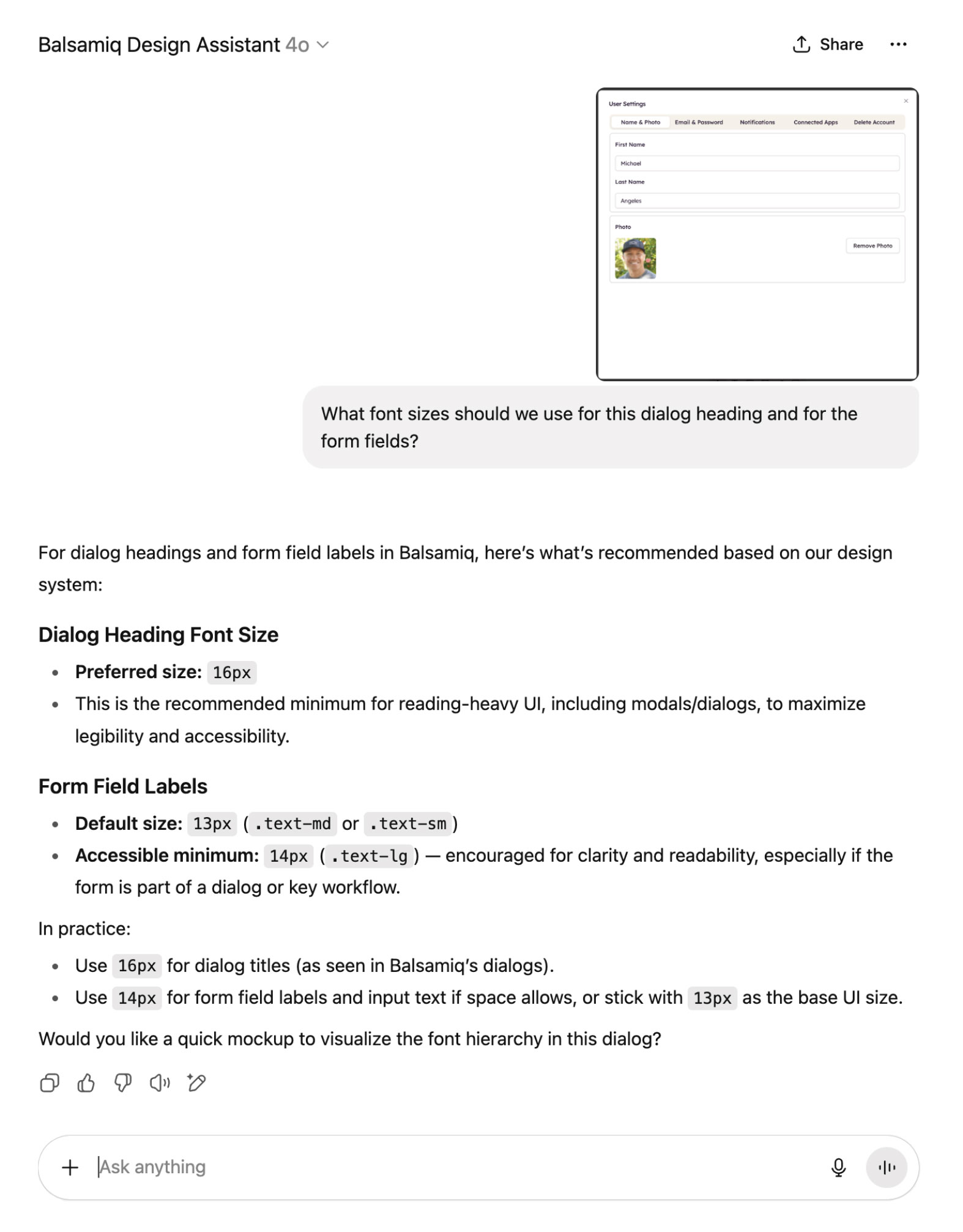
Under the hood, the GPT was trained on Balsamiq’s own heuristics and product philosophy. That makes it easy to use and ensures its guidance stays consistent with how we work. And, just like Balsamiq itself, it reflects our brand’s philosophy: fast, functional, and low-fidelity, providing our developers with the clarity they need without overcomplicating the process.
How we trained our design assistant GPT
To build the assistant, Mike started by defining its role. “I first defined the persona as an expert in Balsamiq product design,” he explained. This way, the GPT would answer questions the way he would, grounded in our company’s design approach. He also instructed it on how to structure responses.
From there, he used the GPT builder to load it with the design resources he relies on every day, including:
- Balsamiq’s design tokens
- Tailwind class names
- “Wireframing for Everyone” book
- Storybook components
- Real questions that had come up in team discussions
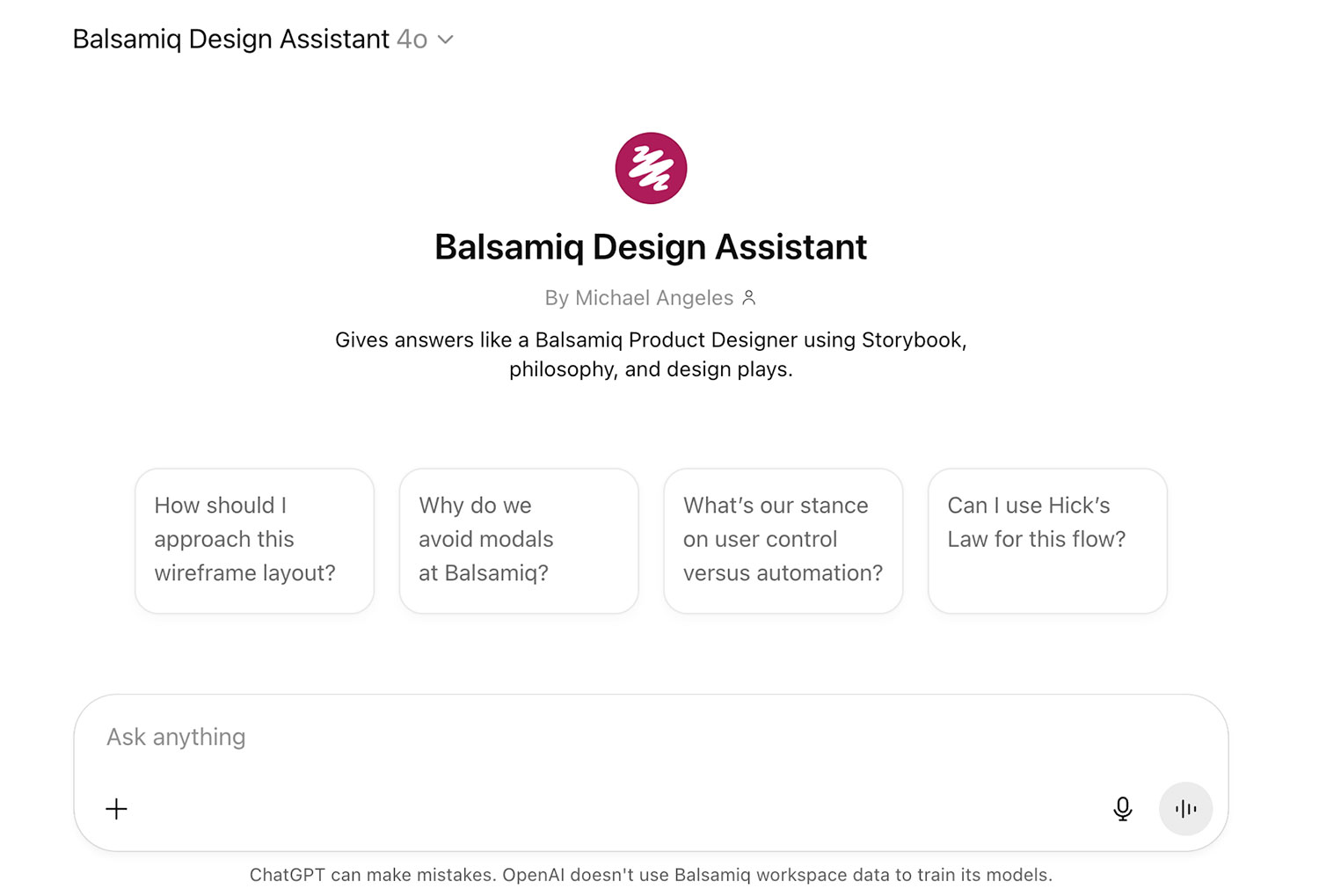
Finally, he tuned the prompts to keep the assistant conversational and approachable—not a prescriptive “do this, don’t do that” tool, but a thinking partner developers could bounce ideas off.
How we’re utilizing our AI design assistant
Since rolling out the assistant, our team has seen:
- Time spent on small questions cut by 50%
- Fewer Slack pings for basic UX questions
- Developers staying unblocked, even when a designer is offline
- Product managers using it to clarify specs before handoff
- Less misalignment during design reviews
Mike sees this as part of a bigger shift in how we work. These GPTs give developers the agency to make small design decisions by themselves, with designers stepping in at the review stage to ensure quality.
Why this is a perfect fit for lean product teams
Lean product teams don’t get to “wait for design office hours.” You make the call, ship it, and cross your fingers that when the team logs in nine time zones away, they won’t flag it as a do‑over.
That’s exactly where custom-designed GPT assistants can provide just‑enough guidance to keep work moving, helping teams make informed decisions without waiting on someone to come online. And the best part? They don’t take forever to build. A simple assistant can be up and running in a day or two, depending on how much knowledge you’ve fed it.
“You start from a place of generalized knowledge about best practices—interaction design, visual design—and then add to it based on your context and your organization’s expertise”
And if you pair your GPT assistant with Balsamiq (our low‑fidelity wireframing tool), you unlock even more value. You can quickly wireframe ideas, validate them with your assistant, and move forward with clarity, without slowing down your team.

As a side note, these GPTs aren’t about replacing designers. They’re for moments when you have little to no access to one. They extend a designer’s thinking, embedding design literacy into the tools your team already uses so everyone can make better decisions, faster.
Want to build your own AI for product work?
We hope our GPT experiment got you thinking—and inspired you to try building your own. Just one last piece of advice: start small by giving your assistant a clear role and focusing on solving one real problem well.
As we’ve learned, a mega‑GPT with your entire wiki is a hallucination machine. If you feed it way too much information, it’s going to have a harder time doing the specific thing you’re asking it to do. Your lean teams will get more value by keeping each assistant small and purpose‑built.
If these sorts of experiments get your design gears turning, we’ve been building other assistants and documenting what we’ve learned on the Balsamiq blog in case you’d like to check it out.
